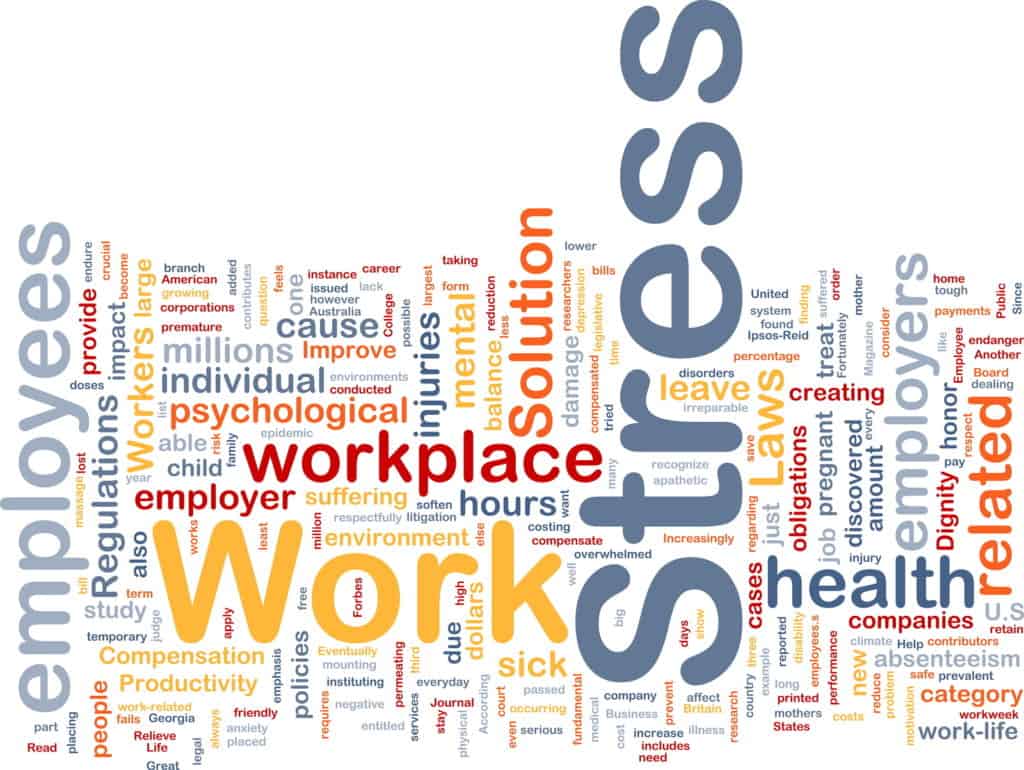As a small business owner, you take safety very seriously. Workplace injuries disrupt operations and often leave employees out of work – two things your business can’t afford. But even with a safety-first approach, injuries can happen in the workplace.
Here are some tips to help you handle the situation while working on a workers’ compensation plan.
1. Help the Employee Get Treatment
Help the employee. Make sure he or she gets medical treatment immediately by either calling 911 or arranging to have someone take the person to the hospital.
A first aid kit may be used to treat minor injuries, but the employee should still see a doctor.
If the injury is not an emergency, you may consult with a medical provider designated by your workers’ compensation carrier. Some carriers provide their policyholders with round-the-clock access to an injured employee hotline staffed by medical professionals. These medical professionals may provide medical guidance over the phone.
2. Inform Your Insurance Company
If your employee is injured on-the-job, the incident must be promptly reported to you – the employer. It’s also the employee’s job to file a workers’ compensation claim.
But it’s up to you to inform your workers’ compensation carrier about the situation. One way to do this is by having the injured employee fill out an incident report form. The form allows the employee to document the details and timing of the incident. This form should be given to the employee as soon as the injury is reported and while the memories are still fresh.
3. Find Out about Reinstatement Requirements
Depending on the situation, you may need to check your state’s reinstatement requirements. If the employee took an extended leave under the Family Medical Leave Act, you will be required to hold the employee’s job or a position that is identical in duties and compensation.
If the Family Medical Leave runs out, you’ll have to refer to your state’s laws to determine how to reinstate the employee. You may need to consult with a local attorney to determine the best course of action.
Most small businesses find that it’s best to simply hold the employee’s position and either have another employee cover his or her duties, or contract the work to a temporary worker.
4. Implement a Return-to-Work Program
If the employee has been away from the job for weeks or months, it may be difficult to return back to the same position.
If the employee is still unable to perform previous duties, a return-to-work program can be helpful. These programs allow employees to return to work through transitional or modified jobs. The employee can remain in the new position until he or she is able to perform all previous duties.
5. Welcome the Employee Back to the Workplace
When the employee returns from the injury, give that person a warm welcome. Do not penalize or fire the employee. Aside from it being morally wrong, taking either action could lead to legal issues.
If an employee is injured at work, it’s important to take swift action and ensure the person receives the medical care he or she needs. Consider consulting with an attorney to understand your next steps and how to proceed when the employee is ready to return to the workplace.


